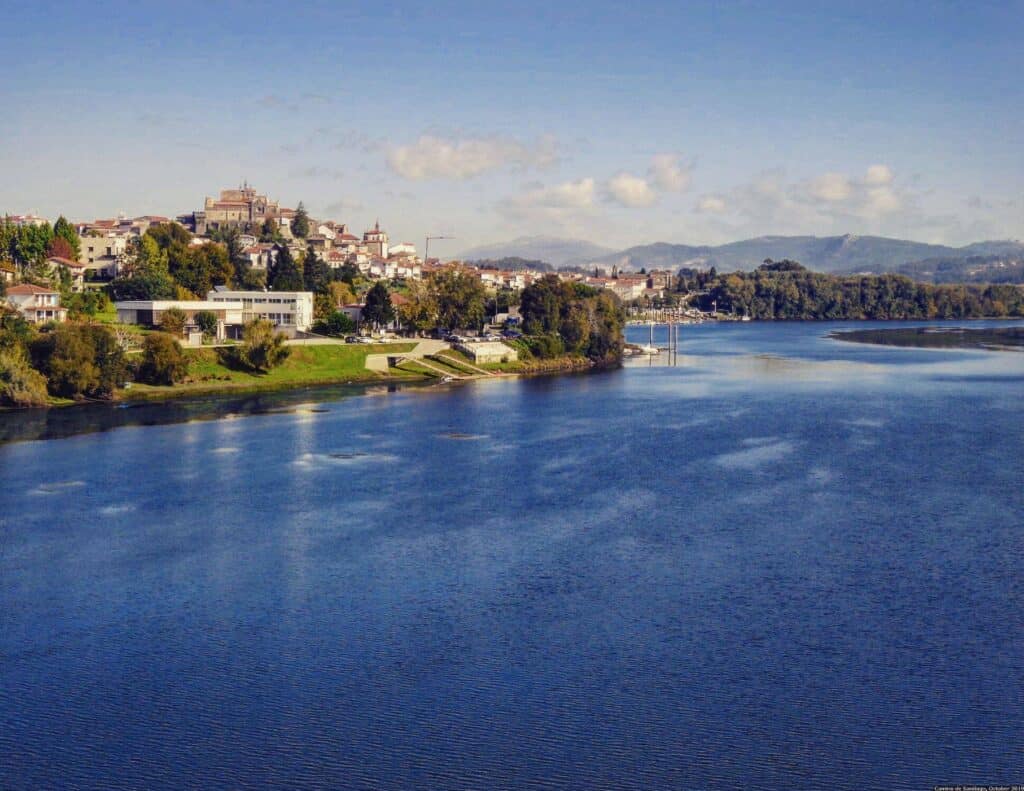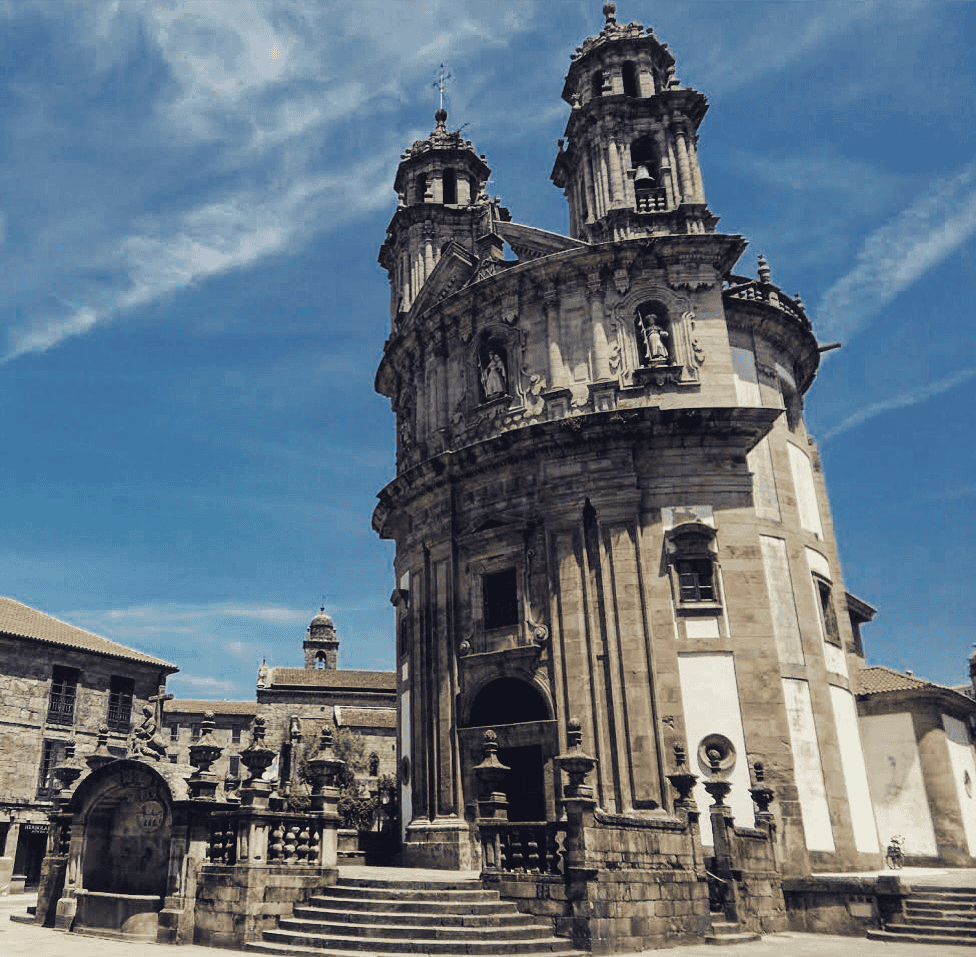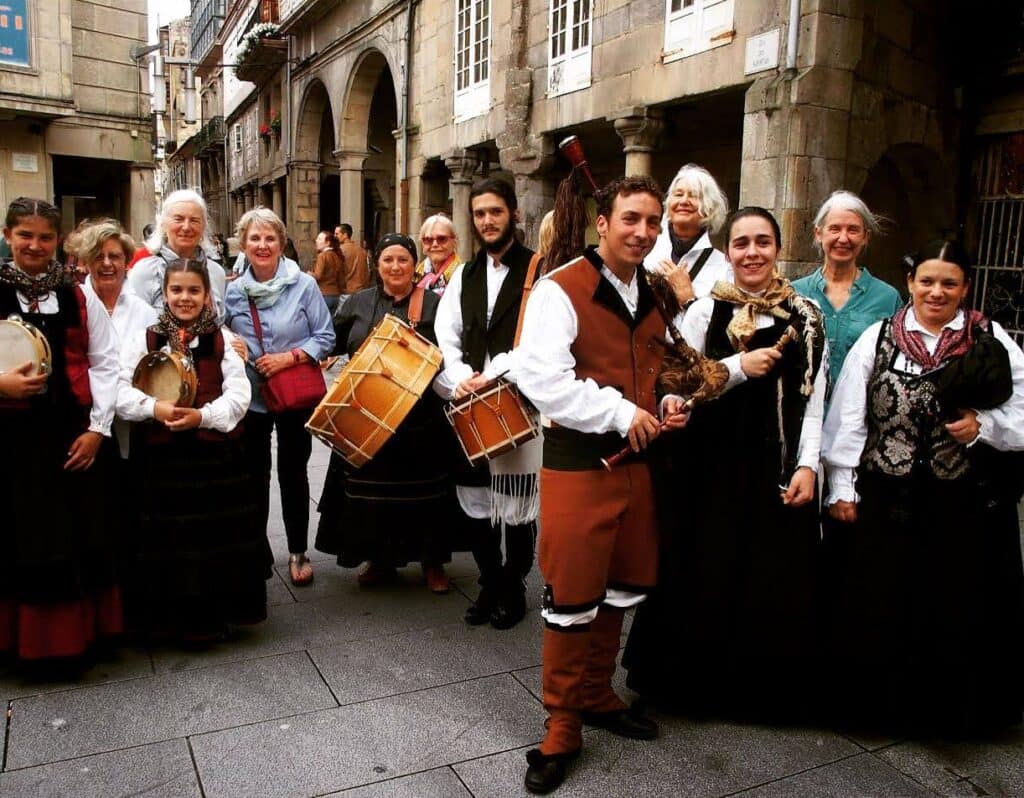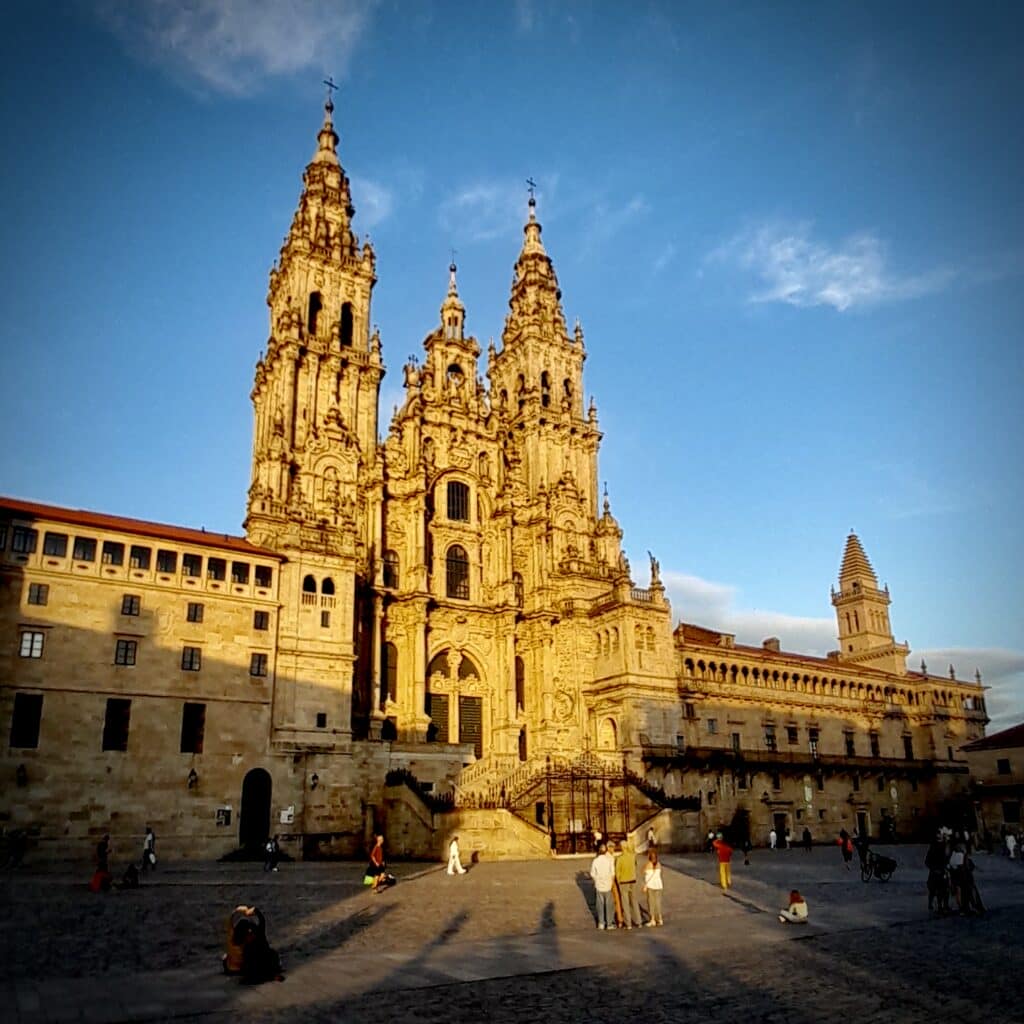One of the first historical accounts we have of the Camino Portugués is ‘Travels through Spain and Portugal’ by the German cartographer and physician, Hieronymus Münzer.
In 1494 Münzer and three friends left their home town of Nuremberg in current Germany and started an 11.000 kilometre sightseeing trip around Western Europe. A large section of the journey took place in Spain and Portugal. Once in Portugal he decided to complete the pilgrimage to Santiago de Compostela following the Camino Portugués. He would later follow the French Camino in reverse when he made his way out of Galicia.
From Porto to Valença do Minho
”On the 9th [of December] we left Porto and made our way to the small town of Barcelos, eight leagues away. It is located on a mountain and through it flows a river that comes from Braga, an old city, called Augusta in other times. On the 10th, in the early afternoon we started our journey to Ponte de Lima, which is eight long leagues from Barcelos, and whose name comes from the River Lima. The river is quite large and spanned by a bridge with ten or eight arches.”

From Valença do Minho to Pontevedra
Entering Spain:
“(..) the next day, December 11th, we passed through Valença do Minho, which is the last town in Portugal on the northern route. We boarded a boat to cross the river Miño, a very important river, as wide as the Rhine in Basel, and we arrived to Tui, which is situated on a mountain above the river, across from Valença, and is the first city of Galicia. It is a bishopric, with a nice church.”

Stranded in Redondela:
”The same day, after our meal, we left Tui, and very late at night arrived at Redondela, a little town situated on an inlet, where they fish for the very abundant sardines. And if a certain German, born in Frankfurt, who lived there, hadn’t given us lodging, we would have passed a very bad night, because the weather was rough; but in exchange for our money, he gave us much largesse.”

A contemporary pilgrim approaching Redondela, which you can make out in the distance by the inlet.
Pontevedra
”On December 12th, we awoke very early and travelled the three leagues that seperate Redondela from Pontevedra; an ancient city and not very big, but with a good sea port and a lot of sardine fishing, which is the main diet of the whole region. It has a river with a sturdy bridge with fourteen arches.”

From Pontevedra to Padrón
The thermal springs in Caldas de Reis
”(…) after three leagues we stopped at the small town of Caldas, named this way because of the sulphurous and the thermal springs that are there, and where I tried to bathe. But such is the negligence of the locals that not even the smallest structure has been built, and they are staisfied with a pit they have dug. And yet the waters are excellent and as hot as the ones in Padua, near Torino.”

The Church of Santiago in Padrón:
”On the 13th, leaving Caldas before sunrise, we arrived at the very old city of Padrón, formerly called Iria. The first place we entered was the extremely old church of Santiago, and we saw under the high altar a stone column with a certain concavity, where they said the body of Santiago rested.“

Santiago de Compostela
Münzer’s first impressions of Santiago:
“The day of December 13th we arrived at Compostela, which is situated in the middle of a complete circle of mountains. In the middle is another hill, elevated as if it were raised up in the center of the circle. It has no river, but many and good fountains, that flow with sweet water. It is not big, but very old, and it is fortified with a very old wall and numerous and solid towers.”

His poor opinion of the locals:
“The country is good and the little gardens of the city are full of orange trees, apple trees, lemon trees, plum trees and other fruit trees. But the people are so dirty—they have many pigs that they sell very cheaply—and so lazy that they only concern themselves minimally with the cultivation of the land, and live in general from their earnings from the pilgrims.”

And giving Charlemagne all the credit:
“The church of Santiago is one of the three principal ones, following in order that of Rome and that of Ephesis in Asia, which has just disappeared. It was built by Charlemagne, King of the Franks, and Emperor of Germany who, as afterwards you will know about his wars, paid for it with the spoils, donations and tribute of the Saracens.”

Münzer died in Nuremberg on the 27th of August of 1508.





